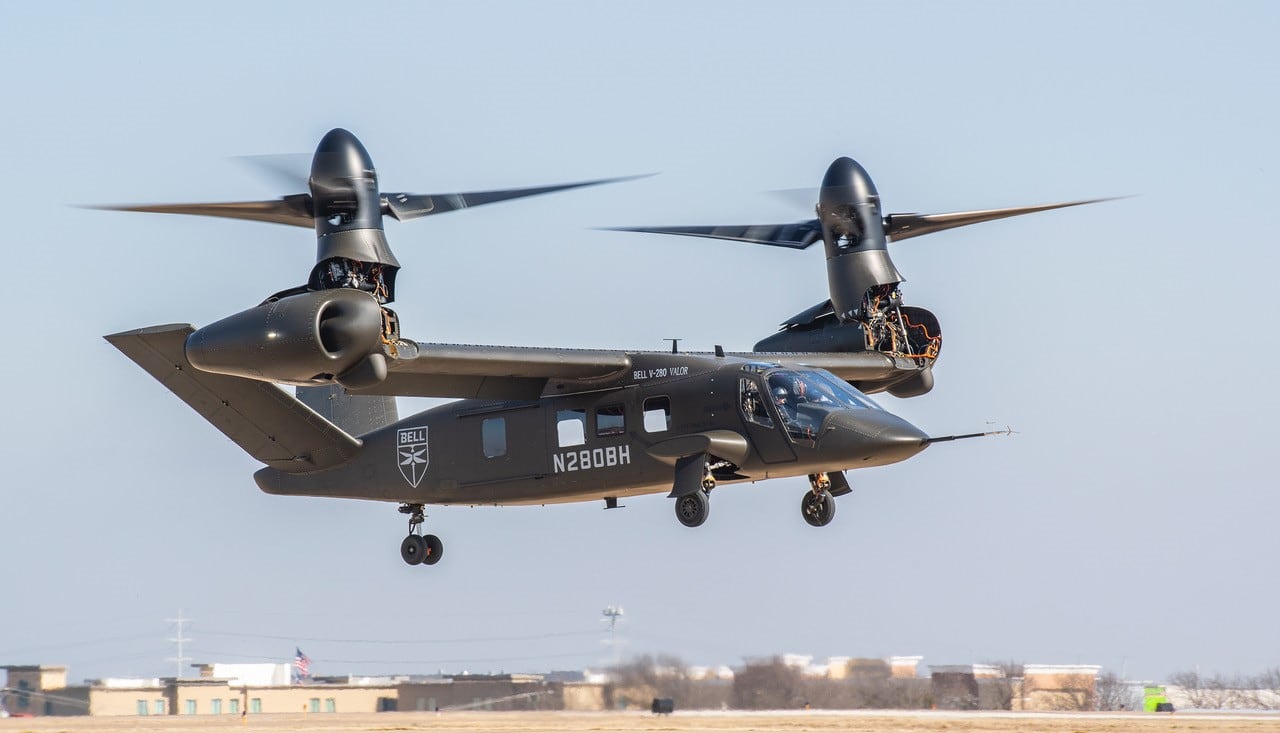WASHINGTON — Army rotorcraft programs could net industry an average of $8 billion to 10 billion per year over the next decade — but defense companies can expect major challenges for its lower-tier suppliers, some of whom might choose not to come along for the ride.
Those are the findings of a new study by the Center for Strategic and International Studies, released Wednesday. It follows a November report outlining cost concerns about the service’s Future Vertical Lift (FVL) plan.
The Army plans to field a future attack reconnaissance aircraft, or FARA, by 2028 and a future long-range assault aircraft, or FLRAA, by 2030. The modernization program is one of the top priorities for the Army.
First, the good news for industry. The study found an annual market of $8 billion to 10 billion for Army rotorcraft programs over the next decade, with a potential dip occurring only in 2026, when the two new programs are spinning up. That’s a strong figure that should keep the major defense companies happy.
However, lower-tier companies may find themselves unprepared to actually manufacture FLRAA and FARA parts, given the newer production techniques the Army plans to use — things like additive manufacturing, robotics, artificial intelligence, digital twins, and data analytics. And if that happens, the service could face a supplier problem that could provide a major speed bump for its plans of having the systems ready to go at the end of the decade.
Convincing those suppliers, many of whom lack cash on hand for major internal investments at the best of times, to put money down in the near term to redevelop their facilities and retrain people is going to be an “expensive issue,” said Andrew Hunter, who co-authored the study for CSIS along with Rhys McCormick. “They need a really compelling reason to invest.”
“For a company that is devoted to the defense aviation market, they don’t necessarily have a choice to not make the transition,” Hunter told reporters in a Tuesday call. “However, there is a dollars and cents issue, which is you have to be able to access the capital. If you can’t, the primes will quickly go somewhere else.”
And some companies with a broader market share in the commercial world may decide investing in modernization isn’t worth the effort and simply leave the defense rotorcraft market, leaving the primes to scramble to find replacements. In that case, Hunter said, the primes could potentially look to bring that work in-house.
Companies “are looking at the equation” of the commercial versus defense markets when making these decisions, said Patrick Mason, the Army’s top aviation acquisition official. But he noted that the recent COVID-19 pandemic, which his hitting commercial aviation firms particularly hard, may cause some companies to consider the benefits of defense, which is historically smaller but more stable than the commercial aviation world.
Mason also emphasized the importance of keeping suppliers with experience in the unique heat requirements or material aspects as part of the service’s rotorcraft supply chain, saying “Those are the ones we remain focused on because those are the ones who could end up as a failure.”
Aaron Mehta was deputy editor and senior Pentagon correspondent for Defense News, covering policy, strategy and acquisition at the highest levels of the Defense Department and its international partners.





